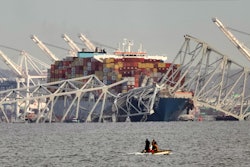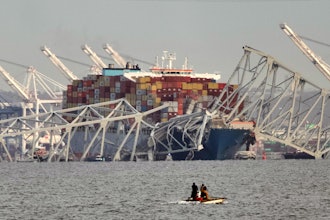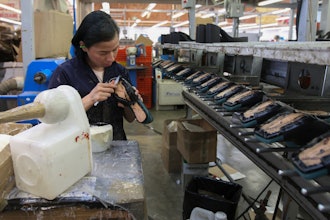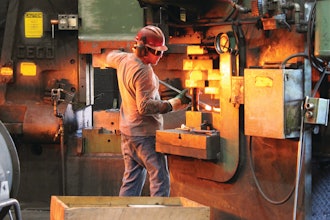End users of equipment components and technology are enjoying unprecedented influence when interacting with industrial distributors, industrial distributors are reacting in unprecedented ways, and component manufacturers are wondering how to best work with both parties to strengthen supply chain stability.
Business sectors throughout the industrial supply chain are encountering dramatic change: End users of equipment components and technology are enjoying unprecedented influence when interacting with industrial distributors, industrial distributors are reacting in unprecedented ways, and component manufacturers are wondering how to best work with both parties to strengthen supply chain stability.
The scenario holds especially true in the steel, chemical, food, and papermaking industries, where rotating equipment components such as bearings, seals, lubricants and shafts are purchased on a recurring basis for planned replacement. Here, end-user negotiations for price concessions from distributors have steadily escalated to demands. Pressures often extend even to the most trusted and enduring of a purchaser’s industrial supply specialists, leaving the specialists scrambling for ways to meet pricing mandates.
A sour economy now in its third year has much to do with today’s emphasis on price, but other reasons are apparent, too. Global companies, for instance, can now easily search data bases throughout the enterprise for examples of low-price purchases that can be used during talks with existing suppliers. More, alternative but often problematic sourcing venues, such as Internet and catalog suppliers, present end users with enticing low-price, off-brand product and make for added competition to conventional suppliers. And always, there is pressure from top management for ever-lower expenditures that keeps the purchasing department searching for additional ways to reduce their outlays.
In response, distributors are testing ways to satisfy their customers’ pricing demands, while remaining a viable and profitable business. For example, distributors might now request bids from several component manufacturers, whereas previously they would contact a select few. They may ask manufacturers to bid on business they have already won from an end user. And, they might private label their own products. At the same time, some distributors have rallied to the side of component manufacturers, even to the point of losing end-user business. Their goal has been to demonstrate to end users the value of a quality component’s total cost of ownership versus lowest-price purchasing. In effect, they are asking, “Are you as an end user really willing to take the risk of production loss in the drive for lower prices?”
All of this leaves component manufacturers wondering how they can help reinstate the harmony that has long characterized the traditional supply chain process. With price reigning as the dominant buying criterion, some distributors have less reason to extol the merits of quality, somewhat more expensive, branded products to their end user customers. The challenge to manufacturers is to support loyal distributors, while encouraging those who may consider employing potentially alarming supply chain practices to instead promote quality product.
A feasible solution calls for cooperation throughout the supply chain, the kind that refreshes existing relationships and evolves mutually beneficial systems to ever greater productivity.
How distributors can help
Needs for distributors to react to demands for lower costs and to counter lower-price competition is not a new phenomenon. Business-savvy distributors have typically responded by providing specialized services that increase their overall value with end users. In addition to conventional supply chain logistics, distributors can deliver to end users phone and on-site technical assistance, such as condition monitoring and component dismounting and installation recommendations. More important, they can often bring in the expert technical services of component manufactures to troubleshoot costly recurring failures.
An example: Let’s say a paper mill is experiencing recurring bearing failure in a dryer section. A root cause failure analysis (RCFA) conducted by a brand name bearing maker might determine that a “soft foot” is causing misalignment. The matter can be rectified, preventing unscheduled and costly equipment downtime. Working together, the distributor and the component manufacturer have brought huge value to the end user.
Such expert services from component manufacturers, usually provided free of charge, are available only to regular supply specialist customers known as authorized distributors. These specialists have typically maintained tight relationships with their component suppliers and benefited from training, preferred product availability, collateral materials, and more. By reaffirming their relationships with component producers and directing their business to them, distributors can help reinvigorate the existing supply chain while securing their access to expert engineering services.























